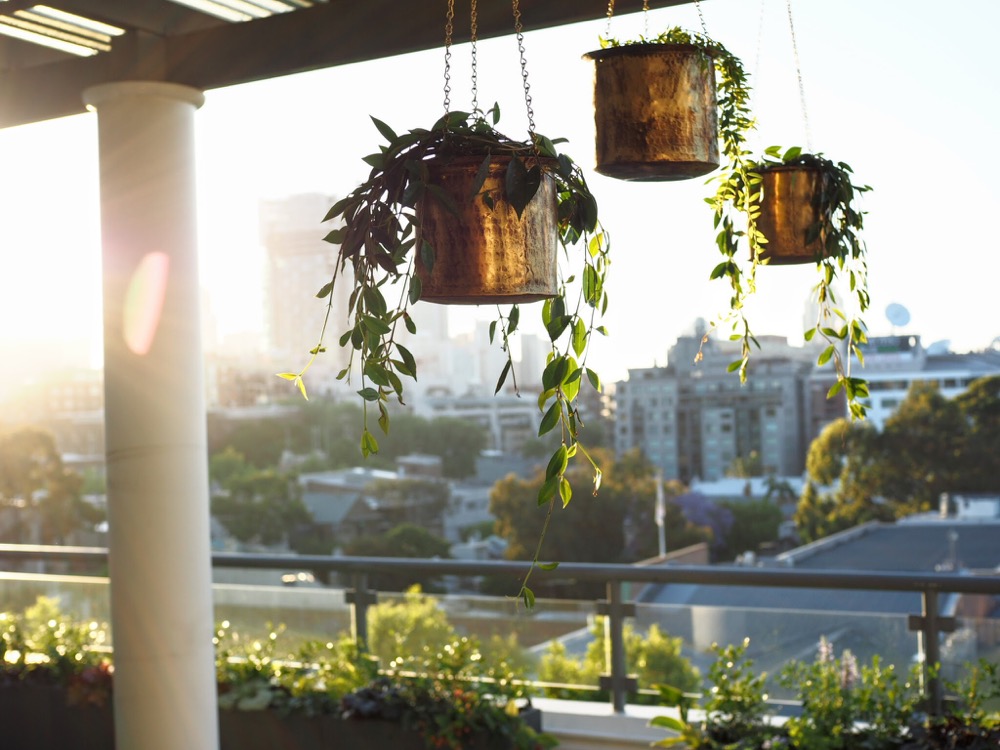How Often to Feed Plants With Organic Food

Fertilising your plants is essential to ensure they grow strong and healthy. However, it can be a little tricky to know how much to fertilise a certain plant or when you should give them this special plant food. So, yes, you absolutely need to fertilise your plants and need to do it frequently or less frequently, depending on the type you're growing. Before planning your garden and landscaping design read through what types of plants need specific fertilising to survive outside.
What is Fertilizer?
Fertilizer is a magical blend of various chemicals and substances that help to encourage a plant to grow quickly. It contains the 3 necessary components that plants need in order to grow and survive: nitrogen, potassium, and phosphorus. 
Types ofFertilisers
You can find fertilisers in many different forms which is something you have to pay close attention to. There are two mains types you'll come across: solid and liquid. Solid fertiliser looks like soil and is very dry. You have to usually mix it into the soil yourself so it can absorb into the roots of the plants. While this tends to work a little slower than liquid, it can have a stronger impact. Because of its great impact on roots, it's perfect to use with trees. Solid fertilisers tend to come in things like slow-release balls which break down over time into the soil and pellets, which are much smaller than the slow-release option but tend to get to work quickly. However, slow-release balls tend to have more nutrients. Liquid fertiliser, on the other hand, is easier to use and can be diluted. It works quickly and is great to sprinkle around flowers or use with indoor plants. For outdoor plants, they usually come in a spray bottle which you can use to help easily apply it to the soil around them. The one big downside though about this type is that too much of it could end up burning the plant's leaves and causing it to not grow well. It can also wash away easily during a heavy rain which could impact how well it works with the soil.

Organic or Inorganic?
Another important thing you'll have to consider is whether you want to use organic or inorganic fertilisers with your plants. Organic fertilisers tend to smell very strong, but are made out of completely natural things like manure, compost, and fish bone s. On the other hand, inorganic fertilisers don't smell but consist of many chemicals and salts.
The Importance ofFertiliser
This isn't just something that you can decide whether or not you want to use. Fertiliser is vital if you want healthy and strong plants. It provides the nutrients that your plants need as mentioned above, as well as calcium, magnesium, and sulphur. Australian soil tends to be very dry and lacking in nutrients so using fertiliser will help to break up the dry soil and supply it with the necessary nutrients native plants need.
When to Feed Plants
The best time to feed outdoor plants in Sydney is during the months of September to November. This is the rainy season and the rain will help the fertiliser put outside absorb better into the soil. Indoor plants can really be fertilised anytime of the year because they're located indoors, but you want to make sure to not overdo their fertilising which can hurt them.
How Often to Fertiliser Your Plants
You really only need to fertilise plants about twice a year. The spring and summer are the best seasons to do so because many plants are starting to grow and bud. The fertiliser will encourage them to continue to do so during the seasons. Ideally, you should fertilise trees about once a year and flowering/fruiting plants about 2-3 times per year. 
Important Things to Keep in Mind
When you go to fertilise your plants, make sure you use the correct fertiliser for them. Many plants only do well with a certain type and the wrong selection can do more harm than good. For example, if you want to grow and maintain a vegetable garden successfully , you need to make sure the fertiliser contains a lot of nitrogen. However, if you're looking to get more fruit, flowers, or stronger roots, fertilisers high in potassium are necessary. As mentioned above, Australian soil also tends to be very deficient in the vital nutrients that plants need. This means plants tend to grow very slowly because they're not getting the nutrients necessary. Because of this, you need to be sure to test the soil your plant is growing in to see its pH levels. This will help you to find the right fertiliser to use with it so the soil becomes balanced. Ideally, the soil should be at a pH level of either 6 or 7.
Best Types of Fertilisers
One of the best types of fertilisers to use for most plants is seaweed fertiliser. It's packed with nutrients that soil in this climate needs which helps to give extra nutrition to the plants. It can also help to prevent diseases from spreading around them as well because the seaweed encourages healthy microorganisms in the soil to thrive which can eliminate any bad bacteria. It also decomposes quickly which is ideal if you're looking for a fast fertilising option. It comes in both liquid and solid types so you can choose whichever type you think will best work when it comes to garden maintenance . A very important thing to remember is to always water the soil before you apply fertiliser. This will prepare the soil for the nutrients and help them to quickly absorb into it so the fertiliser can get to work. While fertilisers can sometimes work if you don't wet the soil, it will take them longer and might actually not work very well at all. Using fertilisers correctly can make a world of a difference with plants. While you should be sure to only fertilise during growing seasons for most plants, it's important to make sure to give certain types specific doses throughout the year, even during the winter. By feeding your plants you'll be well on your way to having a beautiful garden and harvest.

Source: https://www.maintainme.com.au/need-feed-plants-often-fertilizing/
0 Response to "How Often to Feed Plants With Organic Food"
Post a Comment